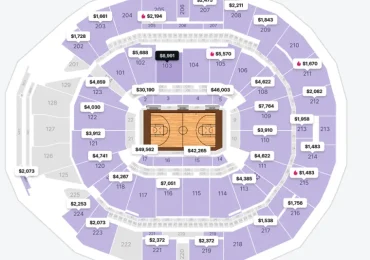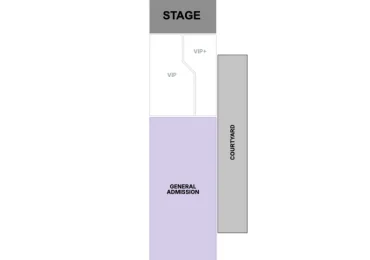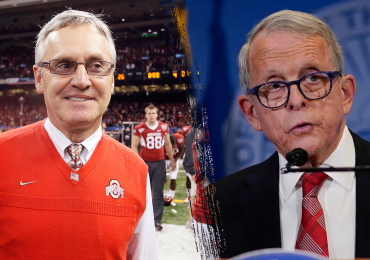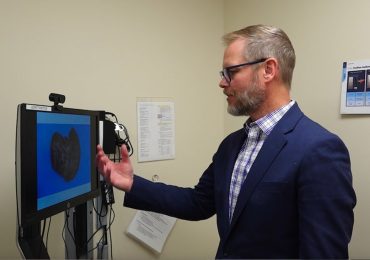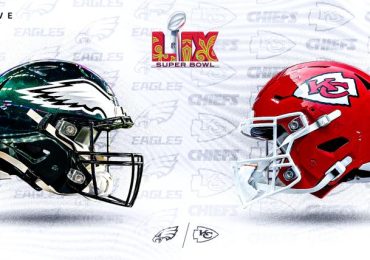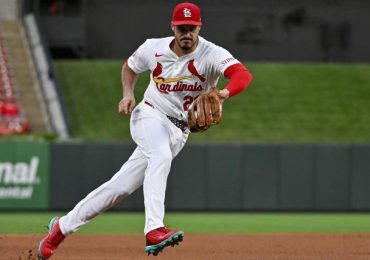The lack of an immediate caution when Pato O’Ward spun and backed into the Turn 1 wall at the Ontario Honda Dealers Indy Toronto event, which led to one of the NTT IndyCar Series’ bigger crash sequences in recent years, has drawn the ire of O’Ward and his Arrow McLaren team principal Gavin Ward. It has also led to questions from some of the others in the ordeal that involved six cars and left Santino Ferrucci sitting upside down in his car after being the third driver to hit the stranded O’Ward.
With multiple drivers firing into and over the No. 5 at unabated speed, some asked why rapid warning signs—in the form of the EM Marshaling panels being lit in yellow, or the yellow caution lights on their steering wheels—weren’t present before most of the crashing was complete.
A massive Turn 1 incident involving multiple cars sends the No. 14 airborne.
The red flag has been displayed.
: #IndyTO on Peacock pic.twitter.com/pxVdFIsQ68
— NTT INDYCAR SERIES (@IndyCar) July 21, 2024
“I am so surprised that they did not call a yellow, as you are just calling for a massive shunt,” O’Ward said. “There was a solid five seconds of waiting before telling everyone what was coming. I am glad that everybody that was involved in it is okay. I am sorry for the team.”
Ward was unimpressed with the gap from the start of the crash to initiating the caution.
“I’m just glad we don’t have any more injured drivers at the end of the day,” he said. “I think IndyCar needs to take a deep dive into the delay in going yellow. That incident started off with Pato having a spin, and not going to a full-course yellow until there’s a car in the catch fence, and we’ve totally crashed two good race cars. It’s just not good enough.”
The order of crashes was thus: O’Ward spun on his own, then Marcus Ericsson, who was close behind and would have been unlikely to avoid the crash regardless of when a caution was triggered, piled in. Next, it was Pietro Fittipaldi who rode over the nose of O’Ward’s car and briefly flew before crashing down. Then, it was Ferrucci who scaled the front of O’Ward’s car, scraped along the fence with the bottom of his car, and came to a stop upside down 100 feet or more away from O’Ward. The close of the crash was Arrow McLaren teammate Nolan Siegel hitting the front of O’Ward’s car, who was bounced across the track and hit the right-side wall as Toby Sowery hit Siegel from behind and damaged his front wings. Only Sowery continued in the race.
Fittipaldi was another to say there were no warning signs to heed entering the corner and was thankful Rahal Letterman Lanigan Racing teammate Graham Rahal snuck through unscathed.
“Something happened to Pato on that lap,” Fittipaldi said. “He was quite a few positions ahead of us. There were no yellow flags, no indication, and we all went through the corner and then he was just stopped on the outside wall like that, and then there was nowhere to go. Graham cleared him last minute, and for us, there was nowhere to go.”
Ferrucci added to the list of those who confirmed they were unaware of the crash by O’Ward that awaited him in Turn 1.
“I never saw Pato,” he said. “So when I came through there, I never saw Pietro clip him and the spotters. There was no yellow, no nothing, so I didn’t know to check up. Just super unfortunate.”
Siegel also weighed in.
“Not what we’d hope for on the streets of Toronto,” he said. “There was nowhere to go. I’m disappointed that both cars ended up destroyed. That’s not where we wanted to be.”
RACER understands IndyCar’s race control’s activation of the caution system coincided with Ericsson’s impact into O’Ward, and prior to the back-to-back hits from Fittipaldi and Ferrucci, but those on their way into the corner behind Ericsson who became involved were either unable to see or react to the yellow in time to avoid O’Ward. RACER also understands race control will review all aspects of the crash and communications that took place in the corner.

